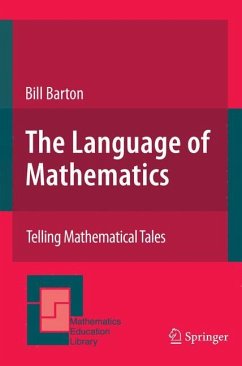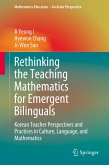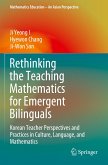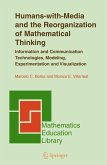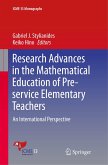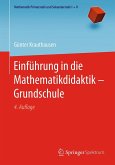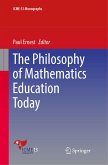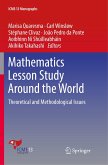Everyday mathematical ideas are expressed differently in different languages. This book probes those differences and explores their implications for mathematics education, arguing for alternatives to how we teach and learn mathematics.
Abstract: An outline of the structure of the book is presented, making the argument that the language we use for everyday mathematical ideas presents us with valuable evidence and insights into the nature of mathematics. Keywords: mathematical discourse, nature of mathematics I begin the book by looking at the way people speaking different languages talk about mathematical ideas in their everyday conversation. I end up questioning some common beliefs about mathematics, its history, and its pedagogy. The way we (English speakers) use numbers, the way we give directions, the way we express relationships, are all so commonplace that it is hard to imagine any other way of expressing these ideas. We take for granted the structures of the following sentences: There are four people in the room. The book costs forty-five dollars. Two and three are five. Turn left. Go straight on. The sun rises in the east. A dog is a mammal. He is not my father. I will either go shopping or read my book this afternoon.
Abstract: An outline of the structure of the book is presented, making the argument that the language we use for everyday mathematical ideas presents us with valuable evidence and insights into the nature of mathematics. Keywords: mathematical discourse, nature of mathematics I begin the book by looking at the way people speaking different languages talk about mathematical ideas in their everyday conversation. I end up questioning some common beliefs about mathematics, its history, and its pedagogy. The way we (English speakers) use numbers, the way we give directions, the way we express relationships, are all so commonplace that it is hard to imagine any other way of expressing these ideas. We take for granted the structures of the following sentences: There are four people in the room. The book costs forty-five dollars. Two and three are five. Turn left. Go straight on. The sun rises in the east. A dog is a mammal. He is not my father. I will either go shopping or read my book this afternoon.

